A simple modification of a DNA base in small areas of the genome may explain why glioblastoma tumors are so deadly, researchers at Yale and the University of California-San Diego report on November 1 in the journal Cell.
Glioblastomas are particularly virulent brain tumors, with survival rates of only about three to six months. A major culprit is the existence of a group of special tumor cells that are highly resistant to standard therapies. The modification of the A base in DNA, one of four genetic letters which form the structural backbone of DNA, was found in large numbers in glioblastoma tumors, especially tumor stem cells, researchers report. They also found the modification affects the growth of human gliomas engrafted into mice brains.
This base modification was seen in the earliest stage in embryo development and appears crucial to the development of the fetus, but disappears later in adult life, the researchers note.
“But in the case of glioblastomas, cancer appears to hijack this mechanism,” said Andrew Xiao, associate professor of genetics at the Yale Stem Cell Center, a researcher with the Yale Cancer Center and co-corresponding author of the paper along with Jeremy Rich at Moores Cancer Center at UC-San Diego Health.
The several-hundredfold increase of modified A base in tumors — barely detectable in normal brain tissues — means the base may make an attractive target for new drug therapies, Xiao said.
The modification may also be found in other tumors as well and may suggest new ways to treat now-incurable brain tumors, he said.
Tao P. Wu of Yale, now at Baylor College of Medicine, is a co-first author of the study.
The work was primarily funded by NIH grants to Xiao’s and Rich’s labs and also an award from Ludwig Family Foundation to Xiao’s lab.
Reference: “N6-methyladenine DNA Modification in Glioblastoma” by Qi Xie, Tao P. Wu, Ryan C. Gimple, Zheng Li, Briana C. Prager, Qiulian Wu, Yang Yu, Pengcheng Wang, Yinsheng Wang, David U. Gorkin, Cheng Zhang, Alexis V. Dowiak, Kaixuan Lin, Chun Zeng, Yinghui Sui, Leo J.Y. Kim, Tyler E. Miller, Li Jiang, Christine H. Lee, Zhi Huang, Xiaoguang Fang, Kui Zhai, Stephen C. Mack, Maike Sander, Shideng Bao, Amber E. Kerstetter-Fogle, Andrew E. Sloan, Andrew Z. Xiao and Jeremy N. Rich, 1 November 2018, Cell.
DOI: 10.1016/j.cell.2018.10.006

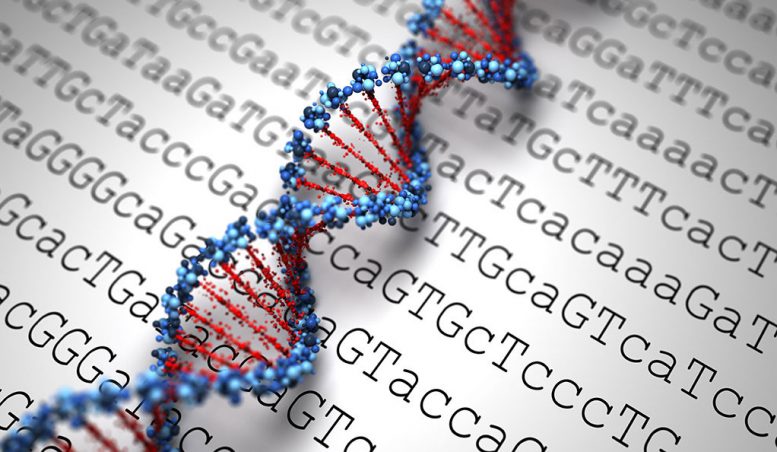



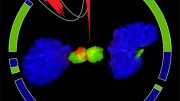
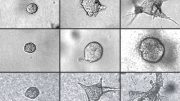
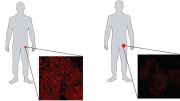
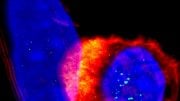
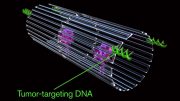
Tumor suppressing genes are always there in DNA .Otherewise human fingerwebs and tail in thr embryo may not be suppressed. These genes are just modification architecture for animal morphplogy. Only if they are not sufficiently present or corrupt by radiation do we get cancer. Madanahopal.